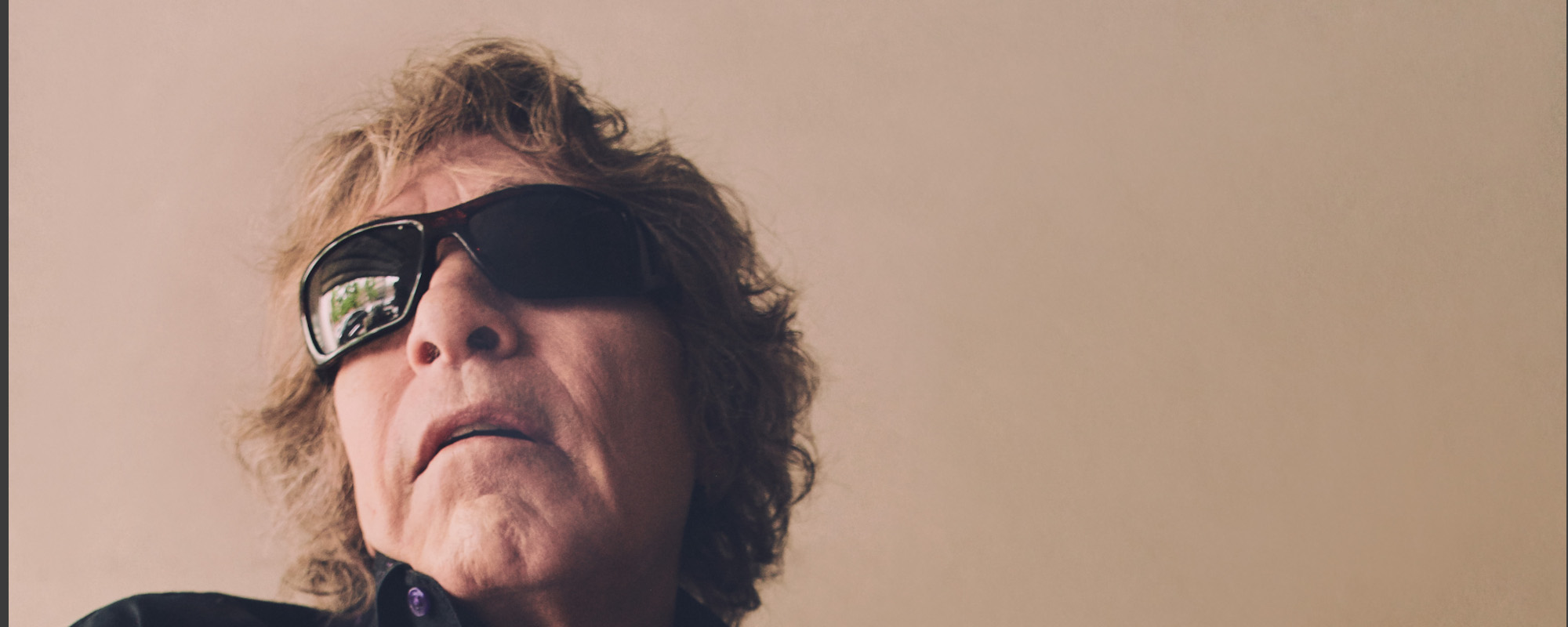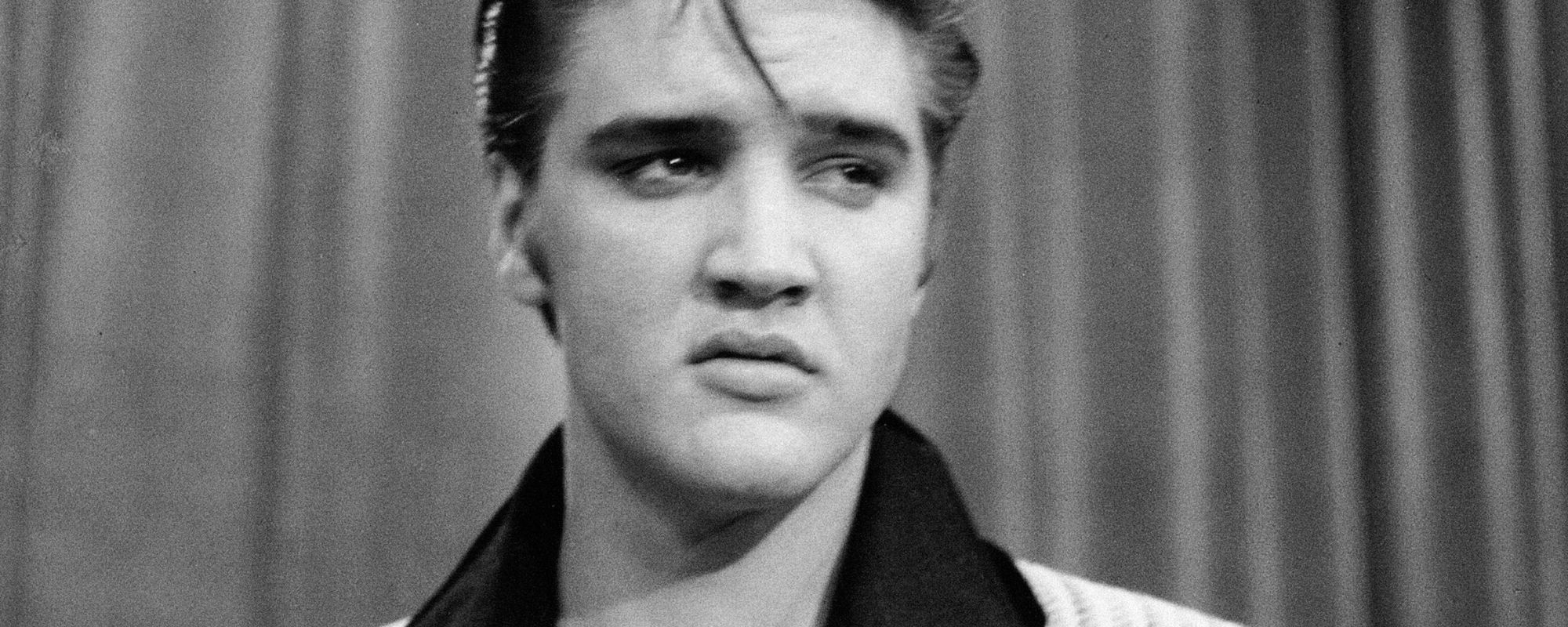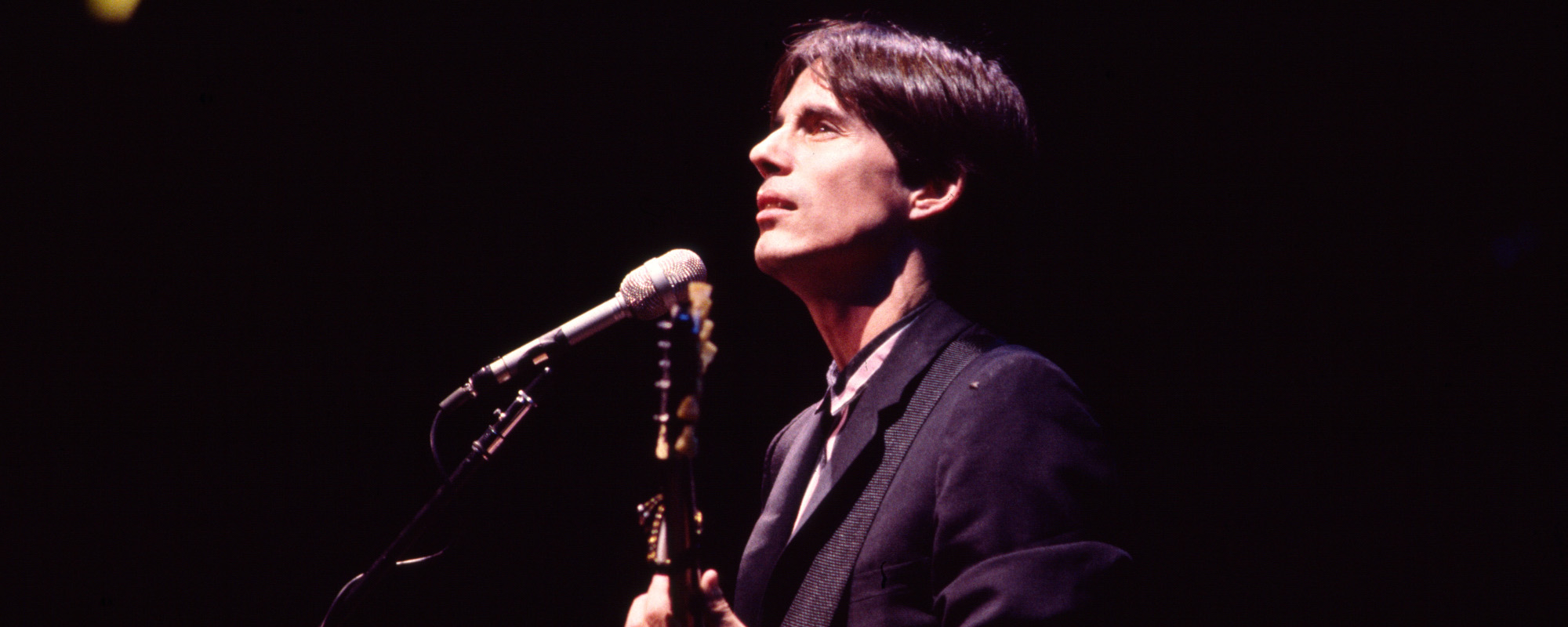Anaïs Mitchell’s Hadestown is not your typical Broadway musical. Yes, the Tony Award-winning show has a generous offering of ballads and dance numbers and, yes, the story centers on a young boy and a young girl who meet in the first scene, fall in love in the second, get separated before intermission and spend the second act trying to get back together.
Videos by American Songwriter
But the songs are not your usual Broadway songs. They don’t mix European operetta and American swing the way the classic tunes of George Gershwin and Cole Porter did. They don’t blend European operetta and modern pop-rock the way the newer songs of Andrew Lloyd Webber and Tim Rice do. They don’t add lyrics that are declarative dialogue set to rhyme.
More than anything, they resemble folk songs. This makes sense, for Mitchell got her start as a folkie singer-songwriter in Vermont. Her songs rely more on oral-tradition melodies and house-party clapping, more on working-class metaphors and recurring structures, more on poetic suggestion than narrative logic. Such songs are not easy to integrate into a narrative stage show, but when they are, they give the stage musical a completely different feel.
Orpheus and Eurydice, the two lead characters in Hadestown, take their names from Greek mythology, but the former is a busboy in a 20th-century French Quarter barroom and the latter is a homeless drifter newly arrived in New Orleans. The shy, skinny boy in the apron is awestruck by the newcomer’s beauty and within days has proposed marriage beneath the bar’s green hurricane shutters and wrought-iron balcony railing. But the girl in the ratty coat and hardened eyes is skeptical.
“Lover, tell me if you can,” she sings, “who’s gonna buy the wedding bands? Times being what they are: hard and getting harder all the time?” “Lover, when I sing my song,” Orpheus replies, “all the rivers sing along. They’re gonna break their banks for me to lay their gold around my feet.” Eurydice, hardened by experience, asks who’s going to pay for the wedding table, who’s going to pay for the wedding bed, and each time her starry-eyed suitor repeats that his music will provide for everything. If this back-and-forth reminds one of old folk songs such as “I Gave My Love A Cherry (The Riddle Song)” or “Mockingbird,” it’s no coincidence.
“None of us is creating from scratch,” Mitchell acknowledges. “We’re tapping into this ancient well of music, language and story. ‘Wedding Song’ does resemble a Child Ballad in its repetition, its nursery-rhyme motif, and that call-and-response allows the listener to relax and receive the poetry. You’ve sort of said, ‘Here, you can rest in this form, this structure.’”
The singer-songwriter is well grounded in that tradition. The seven albums under her own name include her early work built atop her own acoustic-guitar playing. Her 2013 collaboration with Jefferson Hamer, Child Ballads, presented new arrangements of seven selections from Francis James Child’s 1880s collections of Anglo-Celtic folk songs.
Her new trio, Bonny Light Horseman (named after a 400-year-old British song and featuring the Fruit Bats’ Eric D. Johnson and Josh Ritter producer Josh Kaufman) is readying its debut album, which will also interpret such oral-culture material. Even Mitchell’s original 2010 version of the Hadestown songs was dominated by acoustic instruments and such folk-music voices as Mitchell, Ani DiFranco, Ben Knox Miller and Greg Brown.

“There’s something about that music, the way the vocal line lands at an angle against the chord, that just speaks right to my soul,” she adds. “A lot of it is modal and even drone-y, so the voice is just fluttering all around the chord in this unusual way. I also love the old language and storytelling — and the sense that there are only so many themes under the sun. For a writer like me, there’s a sense of ‘resting’ in the traditional material.”
Of course, the Greek myth of Orpheus and Eurydice was originally folk music of a sort — rhyming poetry warbled over a lyre. The music evaporated from history a long time ago, but the story has endured, retold in Ovid’s poems, in a Claudio Monteverdi opera, a book of Rainer Maria Rilke sonnets, a trilogy of Jean Cocteau films and in a children’s book that Mitchell loved as a youngster. There’s something about this tale of a musician who pursues his beloved even past the boundary of death, singing his way into Hell to rescue her, that entrances each new generation.
Mitchell didn’t set out to write a song cycle based on the myth. “It really was just that some lyrics came into my head and seemed to be about this story,” she says. Writing about characters who weren’t herself liberated her from the trap of singer-songwriter narcissism.
“More often than not my songs become stories with third-party characters, even if they begin from a very personal place,” she says, “and it was much the same with Hadestown. I wrote the chorus of ‘Wait For Me’ driving down the road, thinking about my own lover at home, asking him to wait. I wrote ‘Doubt Comes In’ about a time of uncertainty with a lover. That spot in the Venn diagram where my own experience and emotions overlap with the epic and the archetypal, that is where I like to hang out as a songwriter.”
Soon she had written tune after tune about Orpheus and Eurydice and had an album of linked songs that formed a narrative. Before she recorded them with guest stars for the 2010 Hadestown album, she took a theatrical version on a school bus to schoolhouses and community centers all over Vermont.
“Those early productions in 2006 and 2007 were a product of DIY ingenuity and community spirit,” she recalls. “My early director, Ben Matchstick, came from the radical street theater world and was very adept at throwing together theater on a shoestring and a moment’s notice. There was a lot less material then, less text by more than half, so the show leaned on his visual poetry and long wordless musical moments. It asked a lot more of the audience in terms of interpretation and filling in the blanks, but it had an edgy, emotional, out-of-the-box, elegant underdog feel that I think has stayed with the show ever since.”
She knew she wanted to do more with the show, and she knew she needed someone with more theatrical experience to help her get there. When she saw Natasha, Pierre & the Great Comet of 1812off-Broadway in 2012, Mitchell thought that show’s director, Rachel Chavkin could be that someone.

“I was so overwhelmed by the sheer delight and intelligence of what was happening moment-to-moment visually in that show,” Mitchell remembers, “that I felt intuitively she would be right for Hadestown. I felt she was a director who could create not just a vibe onstage but a whole culture that straddled music and theater, downtown and uptown. What I didn’t know then was that one of Rachel’s real superpowers was as a dramaturg. She became a ferocious midwife to me as a writer. She really kicked my ass for six years, in a loving way, and it was exactly what I needed.”
“‘Wait for Me’ was the first song that sucked me in,” Chavkin recalls. “When I heard it, I had this incredibly strong image of these lamps swinging in the wind, which is now a key image in the first act. We went on one or two dates to get to know each other. But the first thing I said to Anaïs, in June of 2013, is that there were all these holes in her story. We went through the album, song by song, examining what each song was accomplishing and identifying what the major gaps were. And that led her, between then and our first major workshop in 2014 at Dartmouth, to write a bunch more songs.”
Because these weren’t conventional show tunes but rather image-laden folk songs, it wasn’t always obvious how to adapt them to a stage show. Chavkin calls it “the hardest thing I’ve ever directed” as she struggled to “pair the verbal landscape with some kind of visual landscape.” Folk songs are usually self-contained stories told through images, so how do you connect each song to a broader story via visual images? If you’re too literal, you spoil the audience’s sense of discovery. If you’re too vague, the audience doesn’t know what’s happening and loses interest.
“A song can take three to maybe 12 minutes,” Chavkin says, “but that’s still a short form. But musical theater is a long form; it has to land each song, but it also has to grow from song to song, so we’re always moving forward. With a concert, you are more open to something more experiential than where the meaning is packaged for you. I find theater audiences get very nervous if they don’t know what’s going on in each scene.”
“I kept getting feedback that the lyrics were beautiful,” Mitchell adds, “but they weren’t giving us the information we need to invest in the story. The development of Hermes as a narrator was one huge leap in the direction of clarity. Hermes is able to literally tell us what’s happening, and why it’s important— and this felt in keeping with his mythological role as a guide. There is something about musical storytelling that has to be somewhat blunt; we need a character to step out and say what he or she wants, in order to grasp the larger machinations of the piece. At the same time, you can easily run the risk of overexplaining, and often the only way to know that has happened is to go too far.”
Andre De Shields won a Tony for his portrayal of Hermes in the Broadway production. A wiry man in a salt-and-pepper afro, a shiny silver suit and a gleaming diamond tiepin, De Shields offers explanations and advice to the two young lovers, often punctuating his counsel with some charming soft-shoe dance steps. As he’s educating Orpheus and Eurydice, he’s also educating the audience. As a result, we understand that we’re in an America of economic troubles and that a cold and hungry Eurydice is susceptible to an older man like Hades offering her a comfortable life.
So when she sings, “Orpheus, my heart is yours, always was and will be. It’s my gut I can’t ignore; Orpheus, I’m hungry,” we understand the trade-off in her decision. And when he sings, “Wait for me, I’m coming. Wait, I’m coming too,” we understand his determination to overcome every obstacle. He follows her into Hell, which turns out to be a fiery factory, filled with robot-like workers in dark-leather overalls and miner headlamps. They’re building a wall, and even though that plot point predated Trump, it certainly gained an added resonance after he became president.
“I didn’t set out to tell the Orpheus and Eurydice story from a conceptual place,” Mitchell insists. “There wasn’t a moment where I thought, ‘Look how this myth could express modern America.’ I was drawn to that connection in a more visceral and unknowable way, because the powerful emotions of love and loss evoked images that were part of the show from the earliest days: the Dust Bowl Americana, the industrial world, the train, the wall, the starry night sky beyond, and so on.”
The production became a hit, perhaps because it gave Broadway fans the new sensation of Americana songwriting and because it gave folk fans the new sensation of theatrical storytelling. The show won eight Tony Awards, including Best Musical. Michael Chorney and Todd Sickafoose shared the arranging award, while Mitchell, Chavkin, De Shields and three different designers won an award apiece. The expanded group of songs in their fully developed arrangements was released this summer as Hadestown: Original Broadway Cast Recording. The recorded numbers still tell the story, but a handful of them are likely to endure as stand-alone folk-music perennials.
“I always want to write a song that can stand on its own,” Mitchell says, “that can be repurposed for a wedding, a funeral or a protest, a song that feels like a ‘standard.’ But in a sung-through show, the songs also have to pull a lot of narrative weight, and sometimes that specificity feels at odds with the ‘standard’ version of the song. For example, there was a line I loved in ‘Promises’ where Eurydice went, ‘I don’t need gold, don’t need silver, just keep me warm in your arms when I’m cold.’ But that felt at odds with this practical-minded heroine who had genuine needs. So the line became, ‘I don’t need gold, don’t need silver, just bread when I’m hungry, fire when I’m cold.’”
Hadestown is still running at the Walter Kerr Theatre in New York City. Bonny Light Horseman will release its debut album in 2020.






Leave a Reply
Only members can comment. Become a member. Already a member? Log in.